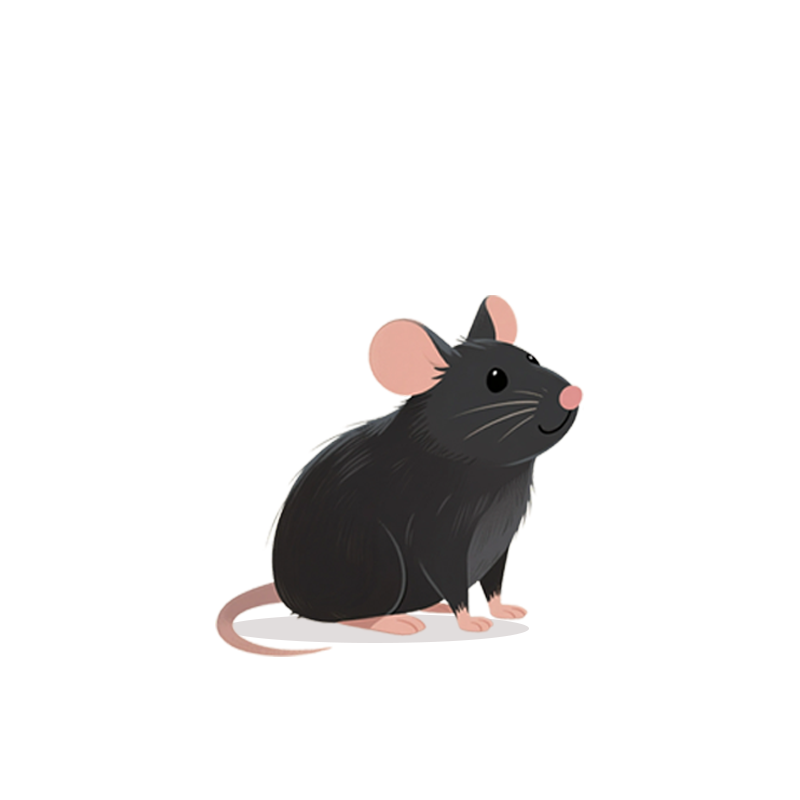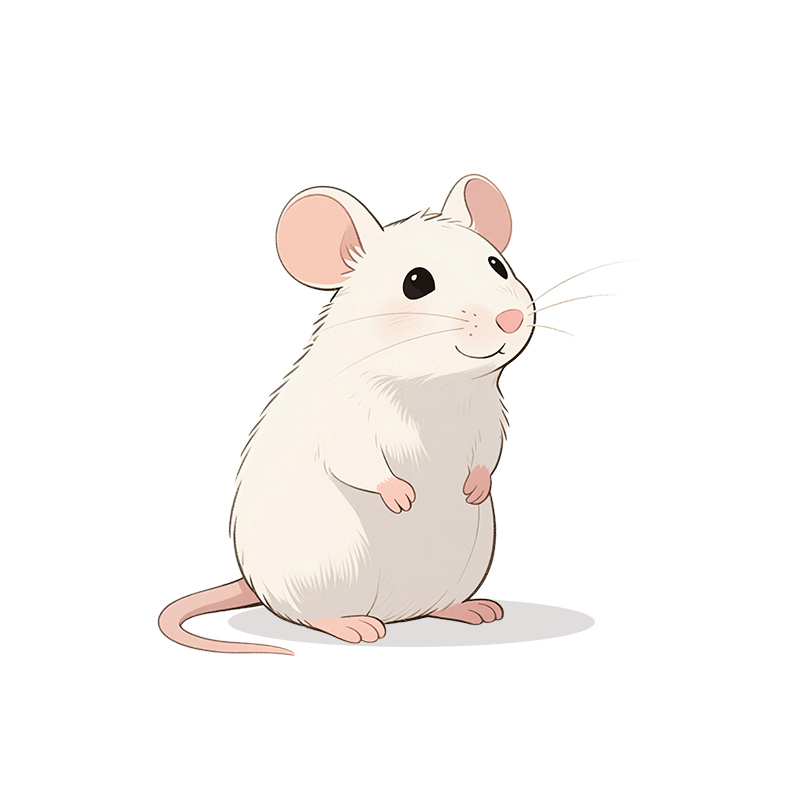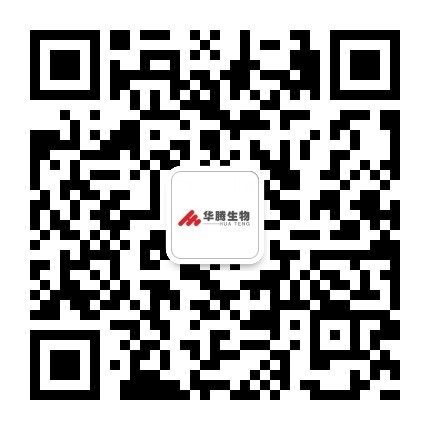PCI-Induced Acute Myocardial Infarction Model


PCI-Induced Acute Myocardial Infarction Model
Huateng Bio provides PCI-induced AMI models in minipigs with 90-minute LAD occlusion. Features coronary angiography validation, high reproducibility, and translational cardiac research.
Model Description
The minipig’s coronary anatomy and hemodynamic profile closely mirror humans, making it the gold-standard species for AMI studies. Our interventional PCI model replicates clinical AMI through:
- Controlled ischemia: 90-minute LAD occlusion via balloon inflation
- Reperfusion injury: Validated ST-segment elevation (≥2mm ECG shift)
- Cost-effective methodology: Repurposed clinical-grade catheters/guidewires
Clinical Relevance:
✓ Human-like infarct size: 20-30% of left ventricular mass
✓ Translational drug testing: Validated with antiplatelet agents (e.g., ticagrelor)
Applications
• Cardioprotective drug evaluation (ischemia-reperfusion injury therapies)
• Stent/biomaterial safety testing
• Cardiac imaging technology validation (MRI/PET)
• Stem cell therapy mechanism studies
Modeling Protocol —— PCI-Based LAD Occlusion
1. Pre-op Preparation:
- Femoral artery access: 6-Fr radial sheath insertion under ultrasound guidance
- Coronary angiography: Confirm LAD anatomy
2. Balloon Occlusion:
- Position balloon catheter in distal LAD
- Inflate to 6-8 atm for 90-minute ischemia
- Deflate for reperfusion → Remove catheter system
3. Post-op Care: Femoral artery ligation → Analgesia (buprenorphine 0.05mg/kg)
Validation & Testing
|
Category |
Parameters |
|
Coronary Angiography |
TIMI flow grade ∙ Infarct-related artery patency |
|
Electrocardiography |
ST-segment elevation (mV) ∙ Q-wave development |
|
Echocardiography |
Left ventricular ejection fraction (LVEF) ∙ Wall motion score index (WMSI) |
|
Histopathology |
TTC staining (infarct area %) ∙ H&E (myocyte necrosis) |
Technical Advantages
|
Feature |
PCI Model |
Surgical Ligation Models |
|
Clinical Mimicry |
Percutaneous approach |
Invasive thoracotomy |
|
Procedure Time |
2-3 hours |
4-6 hours |
|
Cost Efficiency |
Reusable clinical devices |
High consumable costs |




